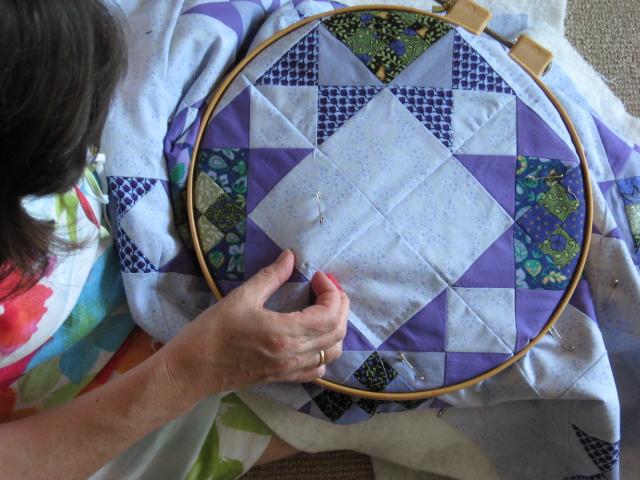Tips on hand Quilting
Mainly quilts that fit the dimension of your lap are called as lap quilts, lap quilts are comfy, soft and tender felt. Laps patchworks are comparable to those like a bed quilts simply the size is smaller sized.

If you like yours to be that added little cozier you can simply do that by including additional batting yet as a safety measure prewash the material, discover the best fabric and do iron it if it is cotton so about compress the batting.
If the product is a wash & wear kind then iron is not a has to as the fabric will certainly not get furrowed and craggy on washing. Right here listed below is the checklist of instructions to be complied with while making a lap quilt.
DEVICES AND SUPPLIES THAT ARE REQUIRED:.
Customary stitching equipment.
- Spray starch.
- Rotary cuter.
- Embroidery needles - basic dimension 12.
- Iron.
- Needles.
- Cutting floor covering.
- Quilt batting.
- Fabric in 4 shades or 4 hues.
- Pins- beaded head.
- Design for block quilt.
- Rotary ruler.
Instructions For Making Lap Quilt.
1. Purchase 3 yards of mixed cotton material (Wash and Wear). Harmonize colours and patterns. Have fun with colour combos as you please, pick your favorite pink shade or have blue details additionally see to it your you have all various other supplies saved just before hand.
2. We advise Prewash of fabrics as a need. As some fast colour might go boring and even scrub on to your cover later on so prewash it and permit acquire dried out totally, there are opportunities of the fabric reducing also.
Dry up the fabric then proceed to iron the product once you have sprayed carbohydrate to it. Take added treatment of keeping the fabric absolutely dry and hard sans creases.
3. After that, on a spot floor covering lay the materials one over the other like a pile. With the use of a scale slice nearly 150, 3 and half inch by 3 and half inch squares using a rotating cutter. All the squares you cut should be of comparable measurements and importantly without edging or uneven.
4. Now determine the pattern of the cover and lay the squares that way. Allow for 10 strands of 15 squares. Organize the cut material (squares) for each and every specific strand in various plies.
5. First stitch each strand of those squares hence making specific rows. 1/4-inch seams are then to be stitched. Iron the joints perfectly. Afterwards stitch the entire individual rows as one and you must have in hand a 10 by fifteen square quilt.
6. Take your chosen batting material and put it over the piecing. Place the piecing in such a way that the top side is experiencing the mat while the side that has stitches apparent must deal with the batting. Next, place your lining fabric on it.
7. As soon as that is done, we have 3 points, the batting, the piecing and the lining textile. Your task will be to stitch them all or co join them using a sewing machine. Testing with different style patterns need to be avoided at a newbie's phase.
8. Spruce surplus batting by reducing the side threads or nets of the quilt. Pin casing to the boundary of that cover on all the corners extending on the outer side. A stitching machine can be used to stitch the binding. Added threading could be cut away.
As the weekend break sets in I make sure you 'd like to unwind facing the tv, appreciating your favored shows with your comfortable lap cover to warm you.



